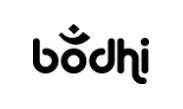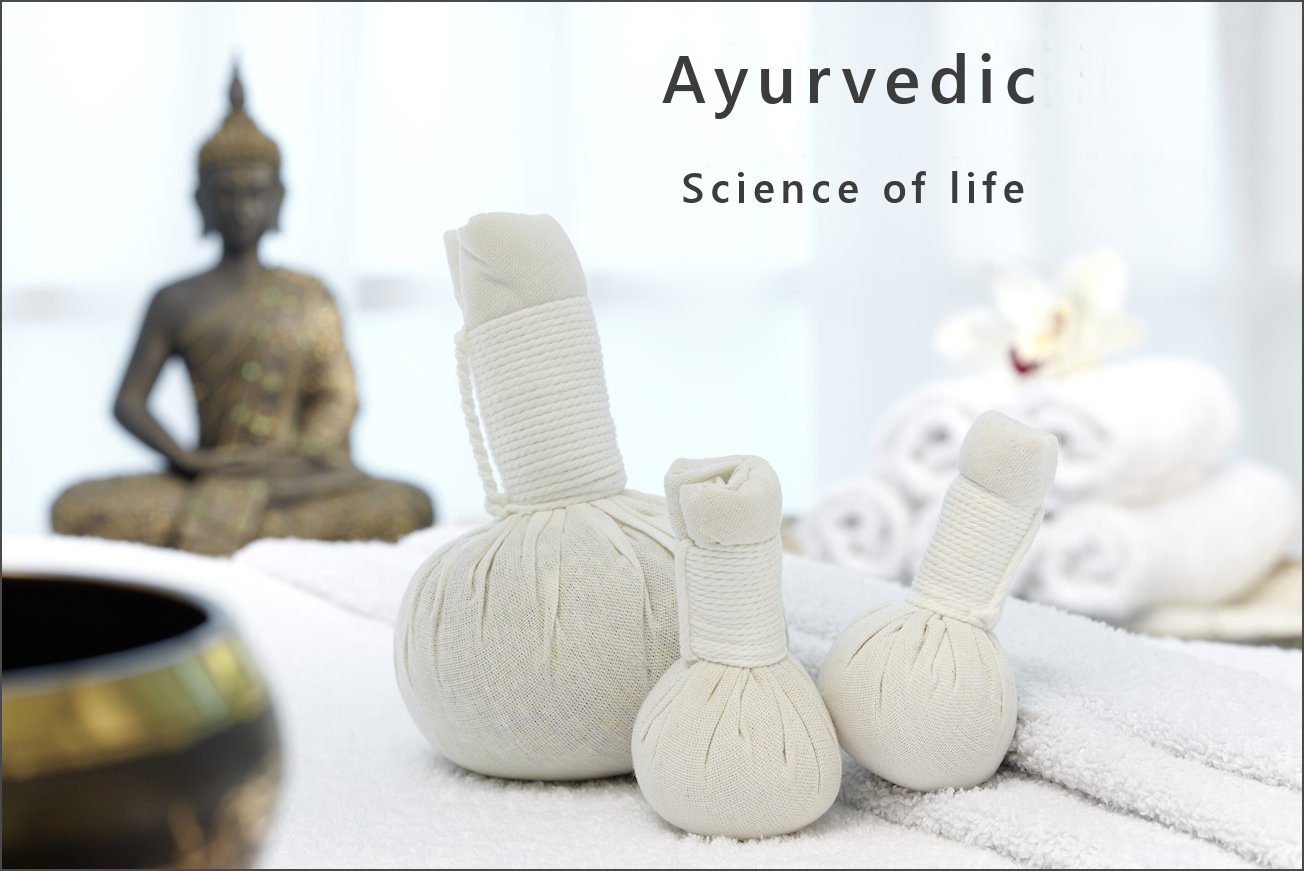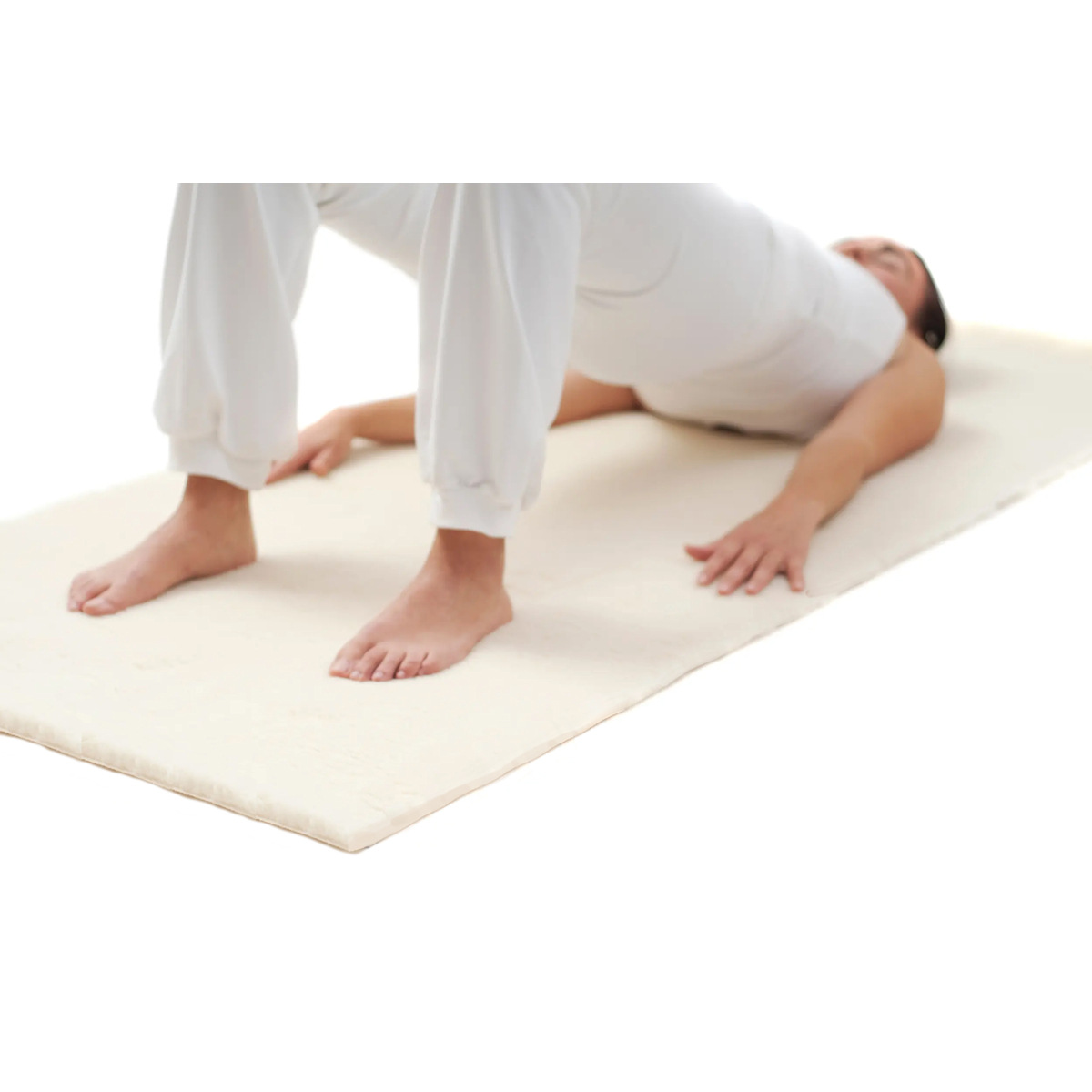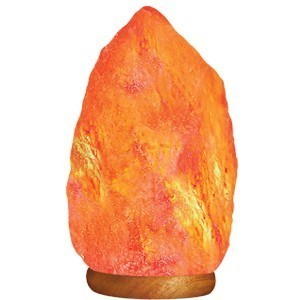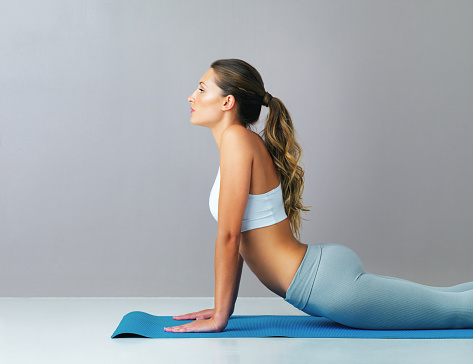
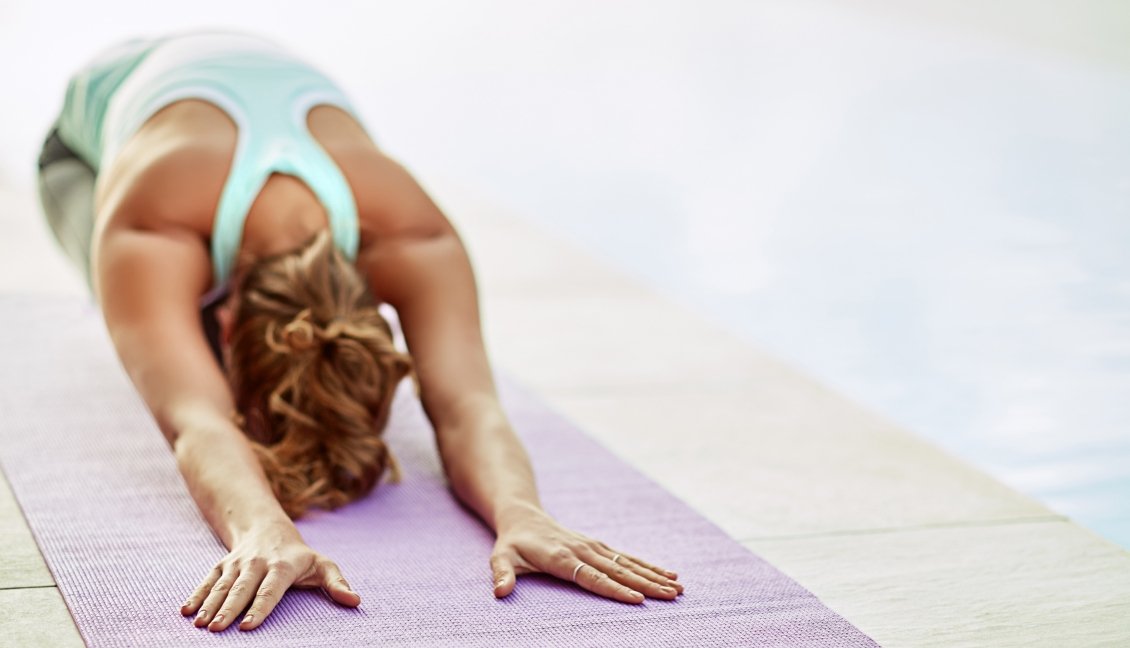
Choosing the ideal yoga mat
Yoga has become popular for anyone who wants to have fun in a physical routine in which mental awareness and physical health coalesce. Yoga is a dynamic activity in which yoga practitioners stretch, bend and turn. These yoga postures are performed with absolute balance mental focus.
To ensure that you, as a yoga practitioner, always have a firm and comfortable basis for performing yoga postures, it is wise to use a yoga mat that meets your yoga style and movements. Yoga mats are made in different designs, thicknesses, lengths, materials, styles and colors, each factor offering special advantages for different users.
The question is not what makes a perfect yoga mat, but what qualities in a yoga mat will make you feel good during your yoga session. If you want to invest in a high-quality yoga mat, keep the following 10 factors in mind when choosing your ideal mat.
1. The material of a yoga mat
The material of a yoga mat is of great importance for grip, damping, structure, comfort, durability and environmental friendliness. For example, PVC is advantageous and sustainable, only less good for the environment. In contrast, eco materials are slightly more expensive in price, but are free of toxins and therefore better for the environment. The material of a yoga mat is a matter of personal preference and how your body reacts to it yogamat. Read more about the different materials of a yoga mat.
2. The thickness of a yoga mat
Why the thickness of a yoga mat is important? The thickness of a yoga mat has a lot to do with how comfortable it is. If the mat is too thin, you can get an injury. The interaction is that thick yoga mats can make it harder for you to feel a strong connection with the floor and, for example, you will stagger when you are in a certain pose.
A standard yoga mat is about 4 mm thick, while the thickest yoga mat is about 1.5 cm. Thin yoga mats vary between 1 and 3 mm. The wafer thin yoga mats are often used for traveling, these travel yoga mats are only 1 to 2 mm thick. Travel yoga mats fold very easily and are light in weight, making them easy to carry in a suitcase. Read more about the thickness of a yoga mat.
3. The dimensions of a yoga mat
The standard size of a yoga mat is 183 × 60 cm. Depending on your height, you choose a yoga mat. If you are 190 cm or longer, then a standard yoga mat is too short. Then choose a longer mat. A good standard is your own body length plus 10 cm. So if you have a length of 190 cm, a yoga mat of 200 cm is desirable.
With some yoga poses, such as the Svahasana, you lie stretched out on the yoga mat with your hands next to the body. In people with broad shoulders or wide hips, their arms are often next to the yoga mat. The choice for a wider yoga mat of 66 cm or more is then a great choice. A wider mat gives you more freedom of movement and freedom of movement.Read more about the dimensions of a yoga mat.
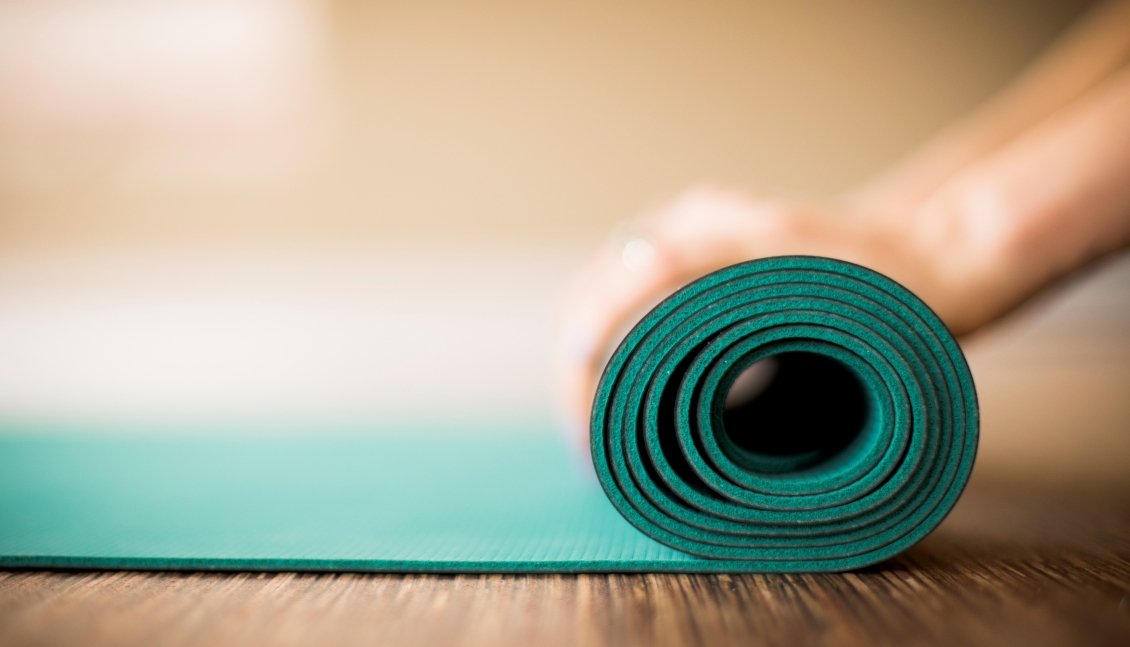
4. The skid resistance of a yoga mat
In many yoga postures, a stiff yoga mat with a good grip is required so that the feet and hands do not slip. A yoga mat should therefore have a certain stickiness, such as the sticky yoga mat. The skid resistance of a mat is determined by the material, the production process and external conditions such as humidity and temperature.
Humidity and perspiration influence the skid resistance and therefore the grip of a yoga mat. A mat made of rubber is an excellent alternative to a PVC mat. Rubber is naturally stiffer than PVC and remains stiff with moisture and sweat.
If you perspire a lot, a yoga towel can provide a solution for extra grip. Especially in Hot Yoga and Bikram Yoga special yoga grip towels are used, these moisture absorbing towels are provided with special PVC 'studs' that provide extra grip.
Stickiness serves as a measure of how well your hands and feet stick to a mat. It is not a sticky feeling, but rather a kind of sucking stickiness that helps you to hold your pose comfortably and to maintain proper alignment. TPE and PVC mats have the highest stickiness factor, while rubber has a slightly lesser amount. Make sure the yoga mat stays clean as it can affect the grip. Jute and cotton yoga mats have virtually no stickiness.
Why is tackiness important? A sticky yoga mat ensures that your feet and hands do not slip and helps you keep your alignment while you move from one pose to another, even when you hold postures for several seconds.
5. The texture and grip of a yoga mat
Apart from stickiness, the texture of a yoga mat also helps to maintain balance and correct alignment. While stickiness provides grip through suction, texture indicates a physically varied surface to prevent slipping. Without sufficient grip you slide away during yoga poses which can cause annoying injuries. The extra grip of the raised textures of mats with structure helps to keep your yoga poses safe, no matter how much you perspire. For extra comfort and softness, TPE and PVC mats are the best choice. Keep in mind that some of these mats offer less grip when wet. A special yoga mat grip towel offers the solution.
6. An environmentally friendly yoga mat
Eco yoga mats are made of durable rubber, jute, TPE, cotton, sheep wool or cork. Each of these materials is biodegradable and therefore environmentally friendly. Moreover, these materials do not contain heavy metals. Eco yoga mats are hypoallergenic and free of PVC and latex.
7. The durability of a yoga mat
A durable yoga mat lasts for a long time, has the right top layer and is not made of harmful substances and materials. In terms of material you have the choice of 100% natural materials, such as wool, natural rubber and cotton. The emission-free and toxic-free PVC yoga mats also last many times longer in intensive use and are therefore a more sustainable choice. All these mats can also be recycled at the end of their life.
8. The price of a yoga mat
Often a simple 3 - 4 mm thick and plain PVC yoga mat is advantageous in terms of price. If you want a mat with more grip, a certain print or design, more thickness or texture, the mat falls under a more expensive price range, such as an eco friendly yoga mat.
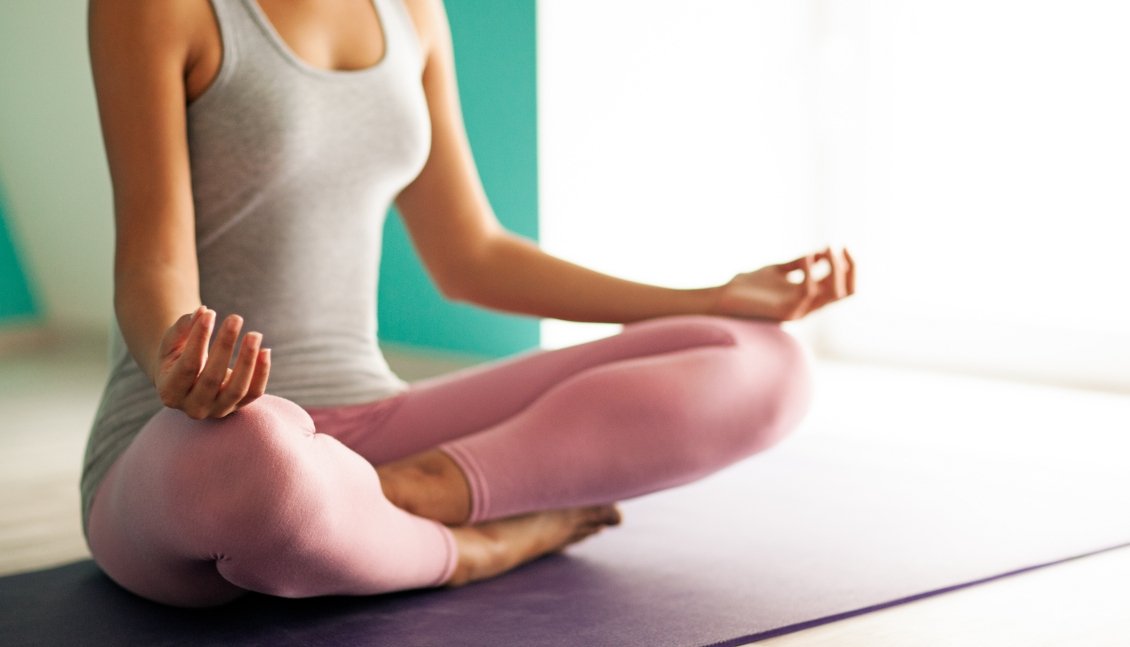
9. The kind of yoga that you practice
When determining the right yoga mat, the type of yoga that you practice is of great importance. With so many different types of yoga styles it is wise to keep it simple. Yoga mats with texture are ideal for active yoga styles such as Power Yoga, Hot Yoga, Hatha Yoga and Asthanga Yoga because of all the bending, sliding and stretching. PVC and TPE mats can be used for all yoga styles. Moisture and perspiration makes it more difficult for PVC mats to remain sticky, but a yoga grip towel offers the solution. For lower-intensity yoga, such as Restorative Yoga and Yin Yoga, comfort can be a higher priority, because you take postures for longer periods of time. In this case, yoga mats made of PVC or sheep wool are suitable because they offer sufficient comfort and support.
10. The style of a yoga mat
Once you have made your choices in terms of material, thickness, size, texture, grip, price, yoga style, sustainability and environmental friendliness, there is only one factor left and that is: style! So go ahead and choose your favorite print, color or pattern.
Read more about choosing the right yoga mat.
We are very curious what your ideal yoga mat is and with which yoga style you use this mat. We would also like to know what you find difficult or found when choosing the right yoga mat. Post a comment below and stand a chance of

 French
French German
German Nederlands
Nederlands

